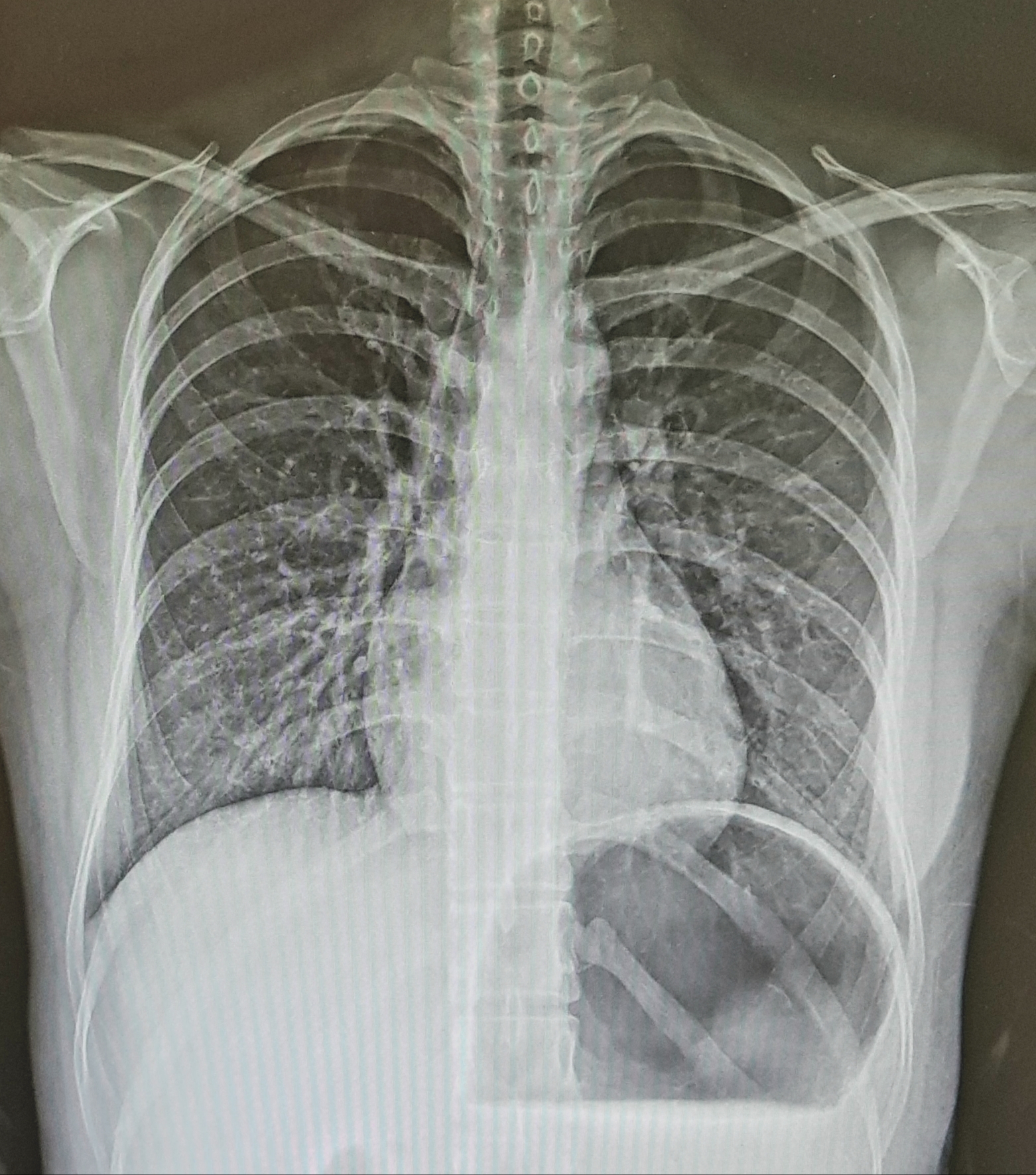| 일 | 월 | 화 | 수 | 목 | 금 | 토 |
|---|---|---|---|---|---|---|
| 1 | 2 | 3 | ||||
| 4 | 5 | 6 | 7 | 8 | 9 | 10 |
| 11 | 12 | 13 | 14 | 15 | 16 | 17 |
| 18 | 19 | 20 | 21 | 22 | 23 | 24 |
| 25 | 26 | 27 | 28 | 29 | 30 | 31 |
- no phase wrap
- MRI 영상변수
- slice gap
- fast spin echo
- MRI image parameters
- 자기공명혈관조영술
- T2WI
- wrap around artifact
- FSE
- MRI gantry
- T2 이완
- radiographer nara
- 사전포화펄스
- MRA
- saturation band
- T1강조영상
- T1WI
- ECG gating
- MR angiography
- 방사선사나라
- TR TE
- K-space
- 동위상 탈위상
- fractional echo
- T2강조영상
- receive bandwidth
- aliasing artifact
- chemical shift artifact
- tof
- saturation pulse
- Today
- Total
방사선사나라 Radiographer Nara
[MRI] (영/한) T1 relaxation time and T2 relaxation time of tissues - 각 조직의 종축 이완시간과 횡축 이완시간, 영향인자 본문
[MRI] (영/한) T1 relaxation time and T2 relaxation time of tissues - 각 조직의 종축 이완시간과 횡축 이완시간, 영향인자
SEONARA 2020. 3. 30. 19:52(영어/영문/English)
1. T1 relaxation time (Longitudinal relaxation time)
T1 relaxation time varies depending on the tissue.
It depends on the shape of the nucleus, the strength of the magnetic field, the temperature, the viscosity of the spin, the size of the molecule, and the presence of paramagnetic ions or molecules.
For example, the energy release of the excited spin through the exchange of energy with the surrounding lattice is most effective when the precessional frequency of the spin coincides with the frequency of the surrounding lattice.
As the strength of the magnetic field increases, the Larmor frequency increases, so it is difficult to transfer energy to a lattice with a relatively low frequency, and the T1 relaxation time increases.
In the T1 weighted image (T1WI) , if T1 is short, it appears bright, and if T1 is long, it appears dark.
<T1 relaxation time of tissue>
Fat < White matter< Gray matter < Muscle < Cerebrospinal fluid < Water

2. T2 relaxation time (Transverse relaxation time)
As the transverse relaxation is different depending on the characteristics of each tissue, like the longitudinal relaxation, it is possible to distinguish between tissues by the difference in T2 relaxation time.
For example, in liquid, the T2 relaxation time may last for several seconds, but in solid, the T2 relaxation time is very short, and the signal disappears within a few ms.
In the T2 weighted image (T2WI) , the tissue with long T2 is bright, and the tissue with short T2 is dark.
<T2 relaxation time of tissue>
Muscle < Fat < White matter< Gray matter < Cerebrospinal fluid < Water

by radiographer nara
(국어/국문/Korean)
1. 종축이완시간
T1이완시간은 조직에 따라 각각 다르다.
핵의 형태, 자장의 세기, 온도, 스핀의 점성도, 분자의 크기, 상자성 이온이나 분자의 존재 등에 따라 차이가 난다.
예를 들면 주변 격자와의 에너지의 교환을 통한 여기된 스핀의 에너지 방출은 스핀의 세차주파수가 주변 격자와의 진동수와 일치할 때 가장 효과적이다.
자장의 세기가 커지면 공명주파수가 증가되므로 상대적으로 진동수가 느린 격자로 에너지를 전달하는데 어려움이 따르고 t1이완시간이 길어진다.
T1 강조영상에서 T1이 짧으면 밝게 나타나고 T1이 길면 어둡게 나타난다.
<조직의 종축이완시간>
지방<백질<회백질<근육<뇌척수액<물
2. 횡축이완시간
횡축이완도 종축이완처럼 각 조직의 특성에 따라 차이가 있으므로 T2이완시간의 차이에 의해 조직사이의 구별을 가능하게 한다.
예컨대 액체에서는 T2이완시간이 수초간 계속될 수도 있지만 고체에서는 t2이완시간이 매우 짧아서 그 신호가 몇 ms내에 소실된다.
T2 강조영상에서 긴 T2를 가진 조직은 밝게, 짧은 T2를 가진 조직은 어둡게 나타난다.
<조직의 횡축이완시간>
근육<지방<백질<회백질<뇌척수액<물
- 방사선사나라
'자기공명영상 (MRI)' 카테고리의 다른 글
| [MRI] (영/한) T2 Weighted Image (T2WI) - T2 강조영상 (0) | 2020.04.03 |
|---|---|
| [MRI] (영/한) T1 weighted image (T1WI) - T1 강조영상 (0) | 2020.04.02 |
| (영/한) [MRI] T2 relaxation time - 횡축이완시간 (0) | 2020.03.29 |
| (영/한) [MRI] T1 relaxation time - 종축이완시간 (0) | 2020.03.28 |
| (영/한) [MRI] What is the relaxation? - 이완이란? (0) | 2020.03.26 |




